Take our quiz on forgotten, sidelined or destroyed monuments and acquaint yourself with an unseen India.
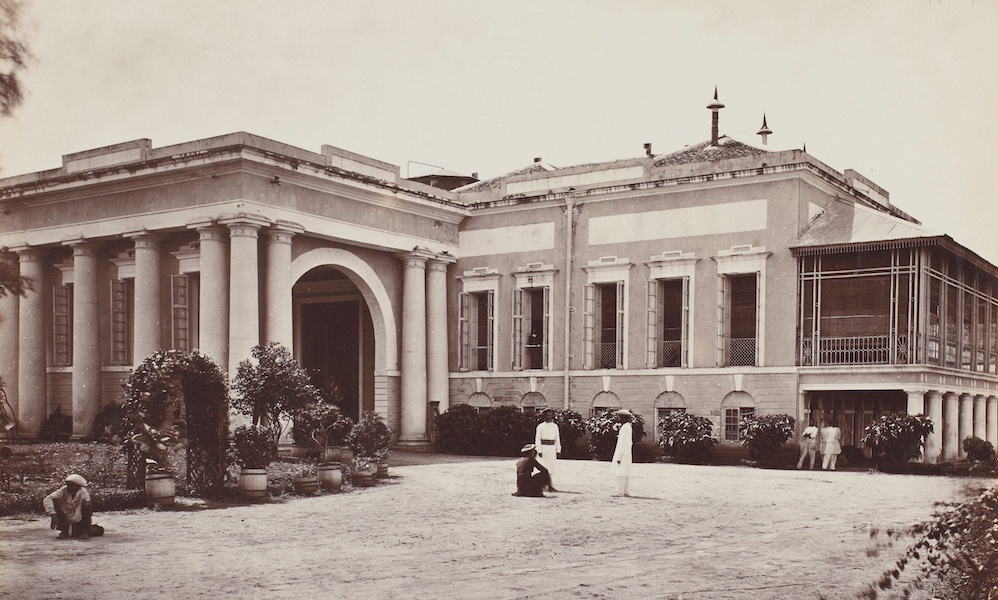
#1. This British-era establishment in Bombay no longer exists—but the recipe for its famous souffle still survives. Name this place.
Built in the Bombay of 1833, the Byculla Club boasted a prolific kitchen where the Byculla Souffle was born. The establishment, which was initially named the New Bombay Turf Club, catered exclusively to British officers. It has hosted Lord Curzon, James Fergusson, the Prince and Princess of Wales and Prince Albert Victor (1890). For a brief while during World War I, Byculla Club was turned into a military hospital. It has since been demolished.
Image: Byculla club, Bombay, 19th century © Sarmaya Arts Foundation 2017.38.22
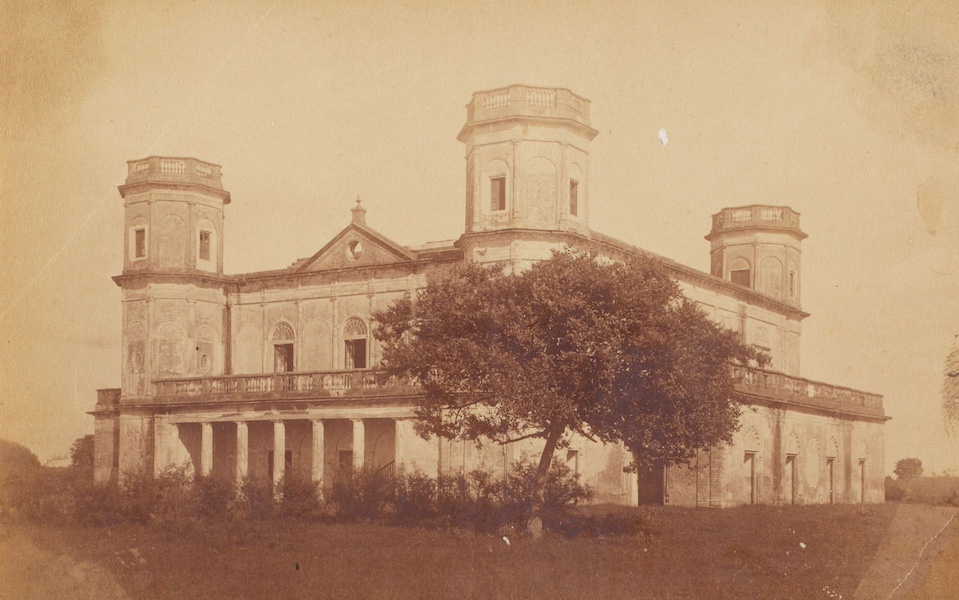
#2. During the Revolt of 1857, Indian revolutionaries took shelter inside Kothi Alamara in which city?
Lucknow’s Kothi Alamara or Alambagh Palace was used as a fort by thousands of Indian rebels during the Revolt of 1857. Nawab Wajid Ali Shah commissioned this miniature castle, complete with turrets and parapets, for his first wife Alam Aara. It was completed in 1856, the very year that the Nawab and his family were sent into exile by the British. The Revolt followed soon after. Interestingly, Kothi Alamara also played a role in the historic events of 1947; following the Partition, it was used to shelter refugees from Pakistan.
Image: Alambagh, Lucknow, c. 1870s, Daroga Abbas Ali © Sarmaya Arts Foundation 2017.49.2 (1)
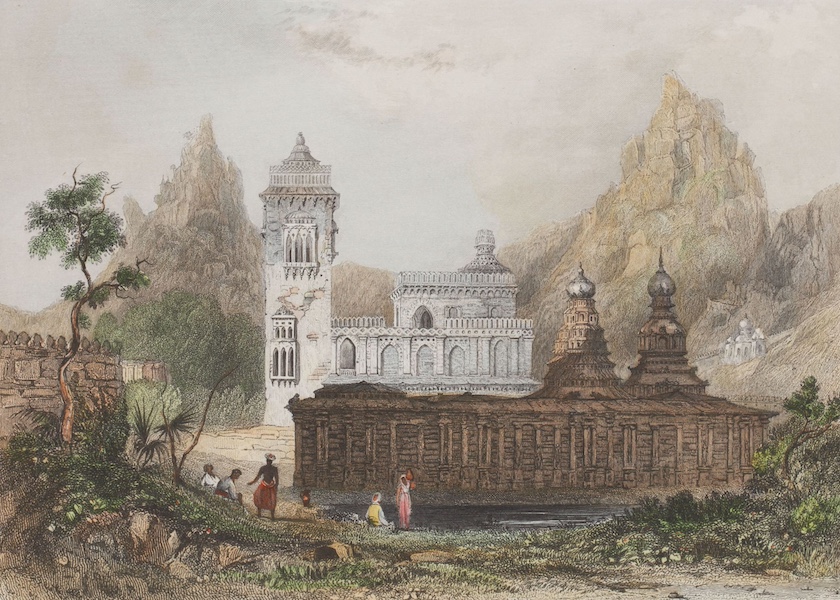
#3. After the fall of Hampi, the Vijayanagara kings retreated to which city in present-day Andhra Pradesh?
Penukonda in Andhra Pradesh served as the second capital of the Vijayanagara rulers after they lost Hampi to the Deccan sultanates during the Battle of Talikota in 1565 CE. Gagan Mahal, which still stands here today, was the summer retreat of the Rayas or kings of the Vijayanagara empire. Gagan Mahal was built between the 15th and 16th centuries in the Indo-Saracenic style, which brought together elements of Hindu temple and Islamic architecture.
Image: Gagan Mahal, Penukonda, 1839, drawn by W Warren from a sketch by Capt Meadows Taylor, engraved by T Jeavons © Sarmaya Arts Foundation 2016.33.4
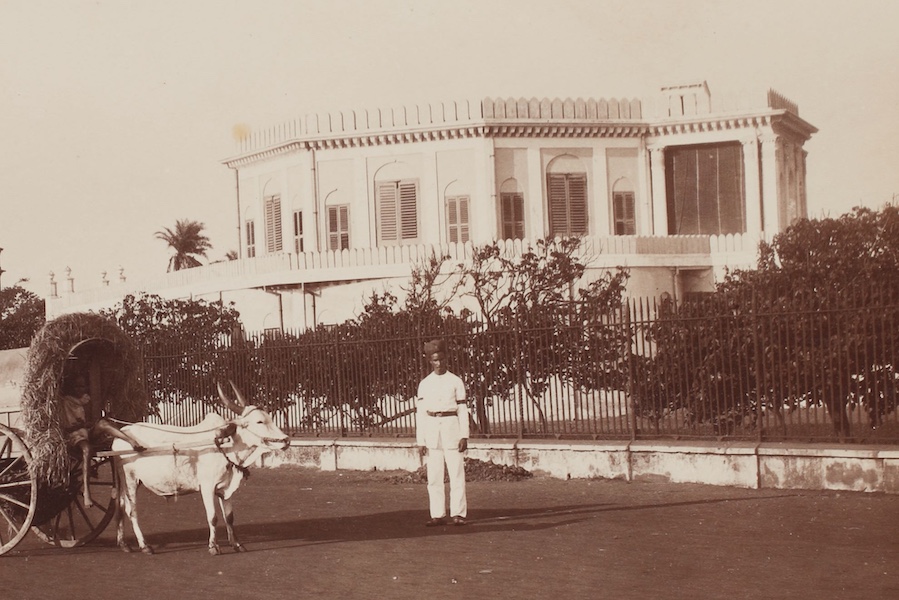
#4. Today, the University of Madras stands on the site where previously there was this white structure called Marine Villa. It was used by the Nawab of Arcot as a...
Chennai’s Marine Villa was built in 18th-century as an extension of the Nawab of Arcot’s residence at Chepauk Palace and used as a bathing pavilion. According to city historian and heritage expert V Sriram, it was known as Hasht Bungalow or the Nawab’s Octagon because of its shape. In an excellent article on the now extinct Marine Villa, he writes: “Given that in the 18th century it was the only building visible from the sea, and also the only structure by the mouth of the Cooum, the Nawab’s Octagon became a local landmark.” Take a virtual walk around Old Madras with V Sriram here.
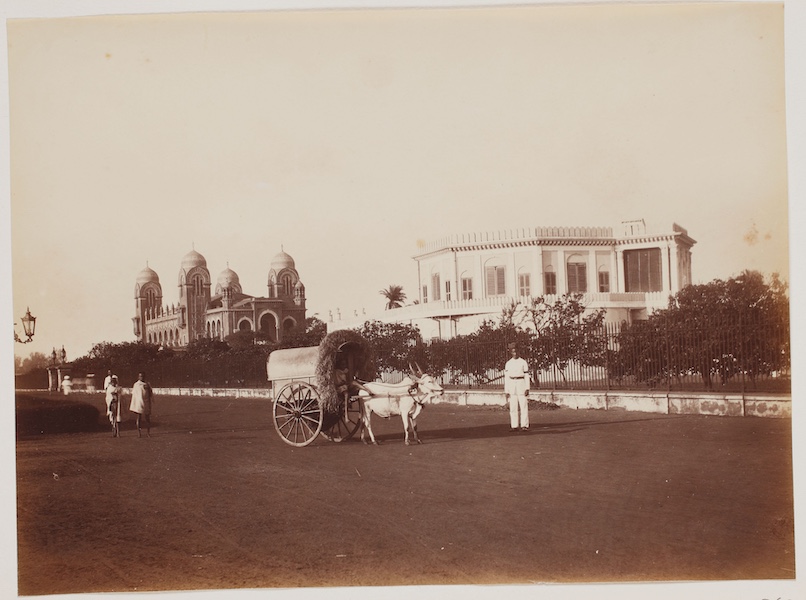
Image: Marine Villa with Senate House in the background, Chennai, late 19th century, attributed to Nicholas Penn © Sarmaya Arts Foundation 2016.9.6
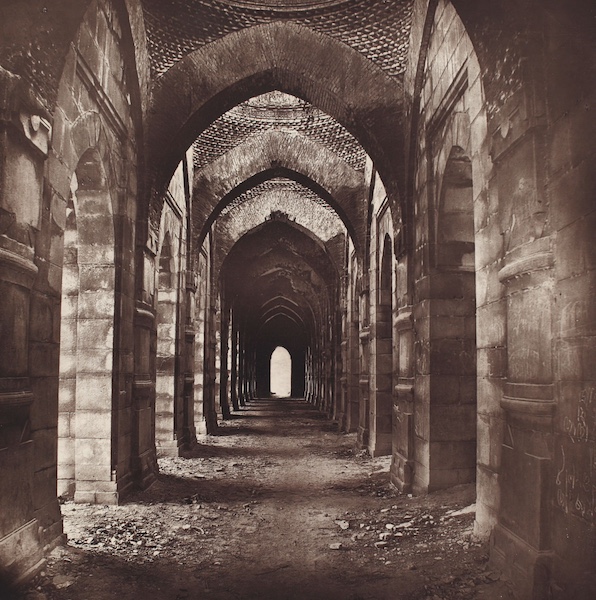
#5. Sona Masjid was so named because its domes were once gilded and shone like gold in the sunlight. In which ancient Indian city would you find its ruins?
Sona Masjid sits in ruins in the ancient city of Gaur in present-day Bengal. Gaur was once the hub of empire in the region. The dynasties that built and governed the city include the 8th-century Buddhist Pala kings, the 12th-century Hindu Sena kings and the Ilyas Shahi, Habshi and Hussain Shahi kings of the Bengal Sultanate between the 14th and 16th centuries. It had fallen to ruins by the time the British came to power, but some traces of the gilded ornamentation covering Sona Masjid were still evident to a British officer Henry Creighton who documented the site in 1786. Today, nothing of the shine remains on the golden mosque built by Nasrat Shah in 1526.
Image: Corridor of Golden Mosque, 1860s, from the album Gaur: Its Ruins And Inscriptions, John Henry Ravenshaw © Sarmaya Arts Foundation 2016.26.1 (9)
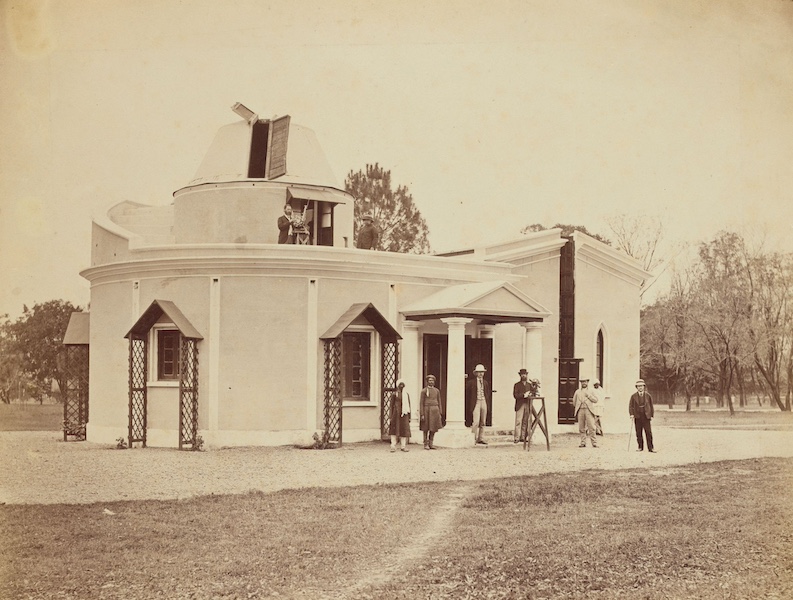
#6. What was the purpose of this structure built in Dehradun in 1818?
The solar observatory at Dehradun was set up in 1818 by British scientist and researcher Norman Lockyer. It functioned as a permanent station for daily observation of the sun. For over four decades, till 1925, photographs of the sun were taken twice daily and dispatched every week to Britain. Today, the observatory stands on the premises of the Survey of India’s headquarters in Dehradun.
Image: ‘The new observatory at Dehradun’ © Sarmaya Arts Foundation 2022.14.19 (b)
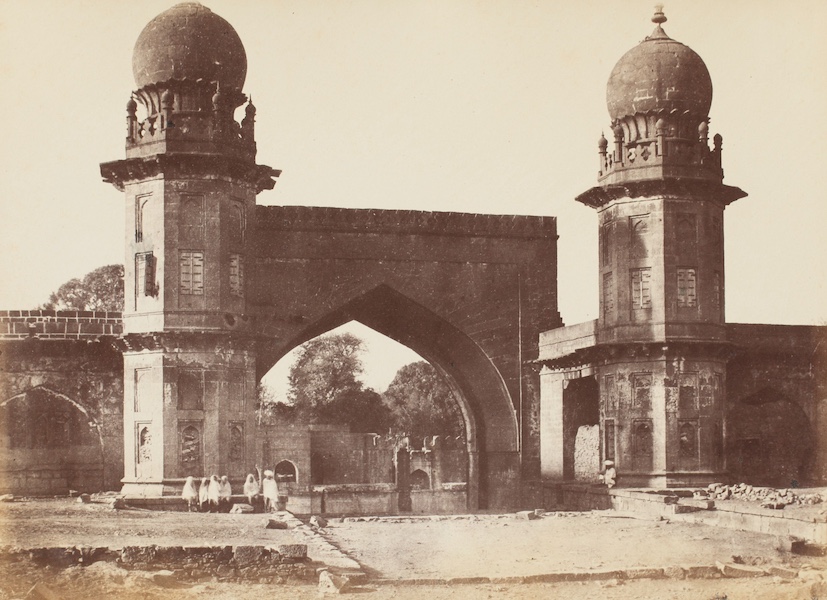
#7. In which Indian state will you find the Taj Bawdi?
Taj Bawdi was built in 1620 by Ibrahim Adil Shah inside Bijapur Fort in present-day Karnataka. This reservoir and rest-stop was dedicated to his queen Taj Sultana. Unlike other bawdis or stepwells that burrow down to aquifers underground, Taj Bawdi is designed around a wide water tank. It once supplied water to the city of Bijapur, which has since been renamed Vijayapura. Read more on the Deccan Sultanate here.
Image: Entrance of the Taj Bawdi, Beejapoor (Bijapur), Col. Thomas Biggs and William Loch, 1850s © Sarmaya Arts Foundation 2016.1.18
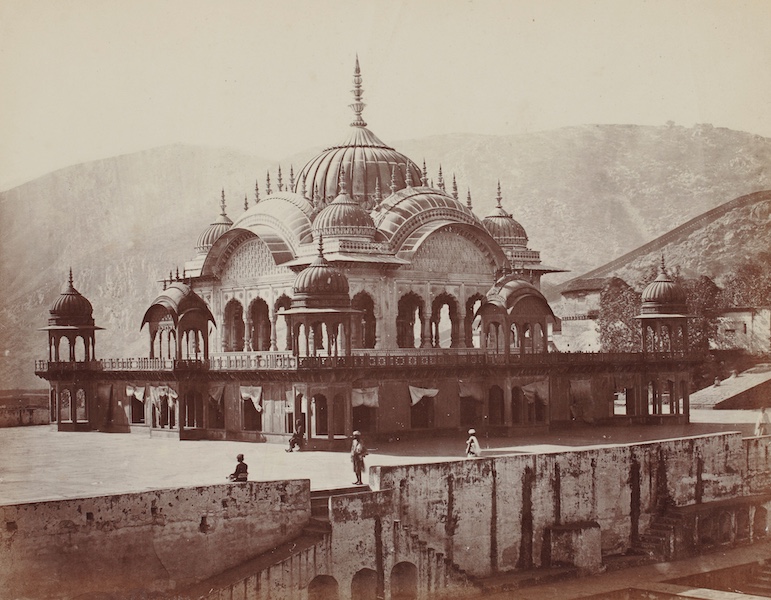
#8. Rajasthan is dotted with beautiful cenotaphs, like this one in Alwar for Raja Bakhtawar Singh of the Kachwaha Rajput clan. What is the local word for cenotaph? Hint: The clue lies in the structure’s shape.
Cenotaphs or chhatris (for the umbrella-like shape) can be found across Rajasthan, from Alwar to Jaisalmer. In Hindu iconography, a chhatri or umbrella is the symbol of royalty. A cenotaph is a memorial structure rather than a tomb, and in this region, it takes on elaborate designs, complete with gardens and water tanks. The monument in this photograph is dedicated to the memory of Alwar’s king, Rao Raja Bakhtawar Singh and his consort Rani Moosi, who completed sati or self-immolation upon the king’s death. Built in 1815, the Alwar cenotaph is better known today as Maharani Moosi ki Chhatri.
Image: The Cenotaph of Rao Raja Bakhtawar Singh, Alwar, Rajasthan, c.1865, Eugene Clutterbuck Impey © Sarmaya Arts Foundation 2017.1.8
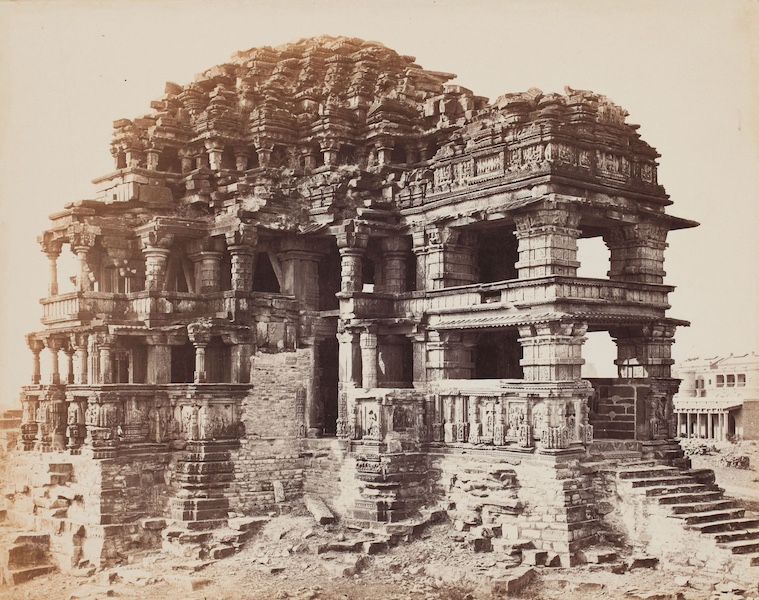
#9. This ancient holy site in Gwalior is known colloquially as the Saas-Bahu temple. Which deity was worshipped here?
‘Sas-Bahu’ is a corruption of the Sanskrit name for Lord Vishnu, ‘Sahasra Baahu’ meaning ‘He of the thousand arms’. An inscription inside the complex states the temple was commissioned in 1093 CE by Padmapala of the Rajput dynasty, Kachchhapaghata. It was originally part of the larger Gwalior Fort. Only the entrance hall or mukha-mandapa of the Sahasra Baahu Temple, seen in this photo, still stands today. The mandapa is a three-tiered structure with elaborate carvings, piers supporting three roofs and vaulted ceilings on the inside.
Image: Sas Bahu Temple, Gwalior, Madhya Pradesh, c 1870s, Francis Frith and Company © Sarmaya Arts Foundation 2016.6.68
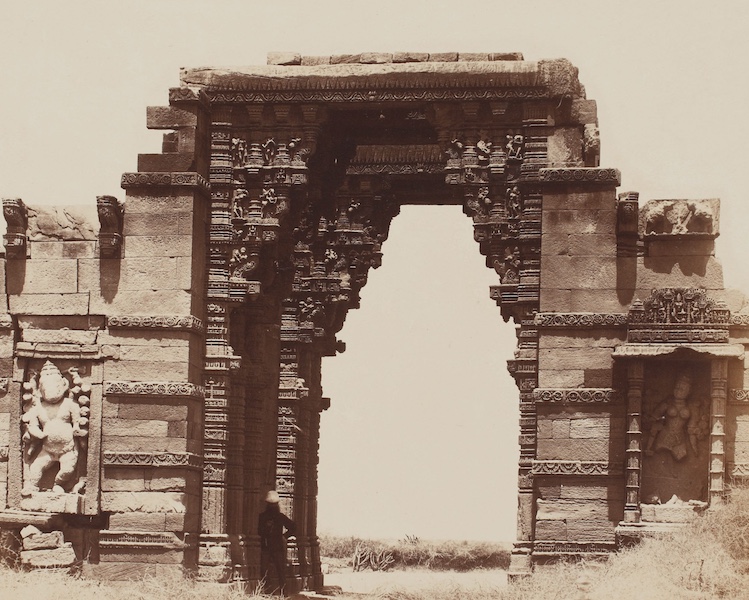
#10. This 12th-century arch in Gujarat is a gateway to…
The Madapole Gate at Jhinjuwada Fort marks the entry to Gujarat’s Rann of Kutch, the vast expanse of salt marshes in the Thar desert. Jhinjuwada was a border fortress town, likely built during the 12th century by the Balhara kings of Anhilwara Patan. The Madapole Gate, photographed by British archaeologist James Burgess in 1874, was one of the four primary entrances to the Jhinjuwada Fort, built by the Solanki rulers in the 11thCentury. The elaborately carved brackets on either side of the gate depict celestial maidens, romantic couplings and warriors, while the niches flanking the main gate are carved with the figures of Lord Ganesha and Goddess Ambika.
Image: Jhinjuwada, Gujarat, 1874, James Burgess © Sarmaya Arts Foundation 2016.2.3





